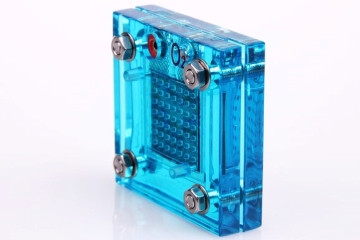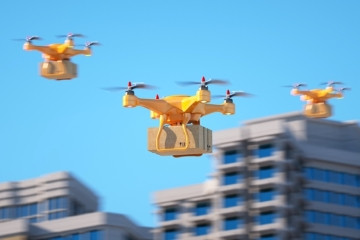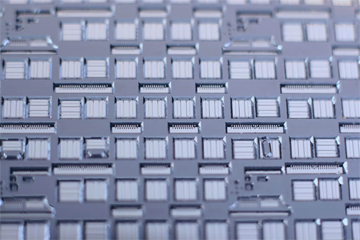Electronics Articles
Electropages Insights Blog covers the latest in electronic design through webinars and articles. Delve into topics from sensors to AI implications. Stay ahead with Electropages.
Recently, a team from the University of Cambridge developed an artificial photosynthesis device to produce formate fuel from water and CO2. What powers this device, what fuel does it produce, and how may this help further fuel-cell technology? What is Photosyn...
By Robin Mitchell | 05-09-2020
Recently Elon Musk demonstrated a brain-computer interface chip that was installed in a pig. However, the demonstration, and most of the technology behind it, are somewhat underwhelming despite the promises made about the technology. What is Neuralink, what do...
By Robin Mitchell | 04-09-2020
As drone technology continues to advance, its potential applications increase and the introduction of 5G technology will only help this advancement. What applications will drones find themselves in, and how will it both help and be helped by the introduction o...
5G | By Robin Mitchell | 03-09-2020
Recently Qualcomm announced their successful appeal whereby the FTC concluded that Qualcomm had violated anti-trust laws. What did Qualcomm do, what factors went into the appeal, and why are carmakers unhappy with the appeal? FTC Ruling Against Qualcomm – Anti...
By Sam Brown | 03-09-2020
Electropages Podcasts
8-bit microcontrollers have been around since the early 80s and have played a central role in modernising electronics. Even though 8-bit microcontrollers will eventually get phased out, there is no sign of a reduction in 8-bit usage, and 8-bit microcontrollers...
By Robin Mitchell | 02-09-2020
Recently, STMicroelectronics released a digital inclinometer with a machine learning core. What features does the IIS2ICLX include, and how does the machine learning core help designers? What is an inclinometer? An inclinometer is a device that can measure the...
By Robin Mitchell | 02-09-2020
Modern-day solar cells are made of a number of materials, from inorganic materials that show superior efficiencies, to organic materials that enable solar cells to become flexible and printable. Both types have their own merits and specific areas where they ar...
By Liam Critchley | 28-08-2020
One of the commercial aspects of the living through the coronavirus pandemic has been the loss of jobs and the diminishing number of career opportunities, the latter situation impacting heavily on young people. And the European job market amidst COVID refuses...
By Paul Whytock | 27-08-2020
Google is planning to release an app that will notify users of earthquakes seconds before they happen in an attempt to give users a few extra seconds to find safety. What are earthquakes, what does the system do, and what implications does the system have? Wha...
By Sam Brown | 26-08-2020
USB has been one of the best examples of a standardised system that has brought convenience and compatibility, featuring various connectors like Type A Connector, USB-C Connectors, and high-speed connector options. A new version, 4, is in the works, but what i...
By Robin Mitchell | 26-08-2020
Intelligent bus shelters are being introduced in South Korea that aim to help contain the spread of COVID-19. What technology do these shelters utilise, how much do they cost, and are they worth deploying in the fight against pandemics? What is the COVID-19 Vi...
By Robin Mitchell | 25-08-2020
Researchers are exploring the use of Diketopyrrolopyrrole dye, better known as the pigment used in Ferrari Red, to fabricate low-cost organic electronics. What are OFETs, what advantages do organic electronics have, and what applications may they find themselv...
Semiconductors | By Sam Brown | 24-08-2020















